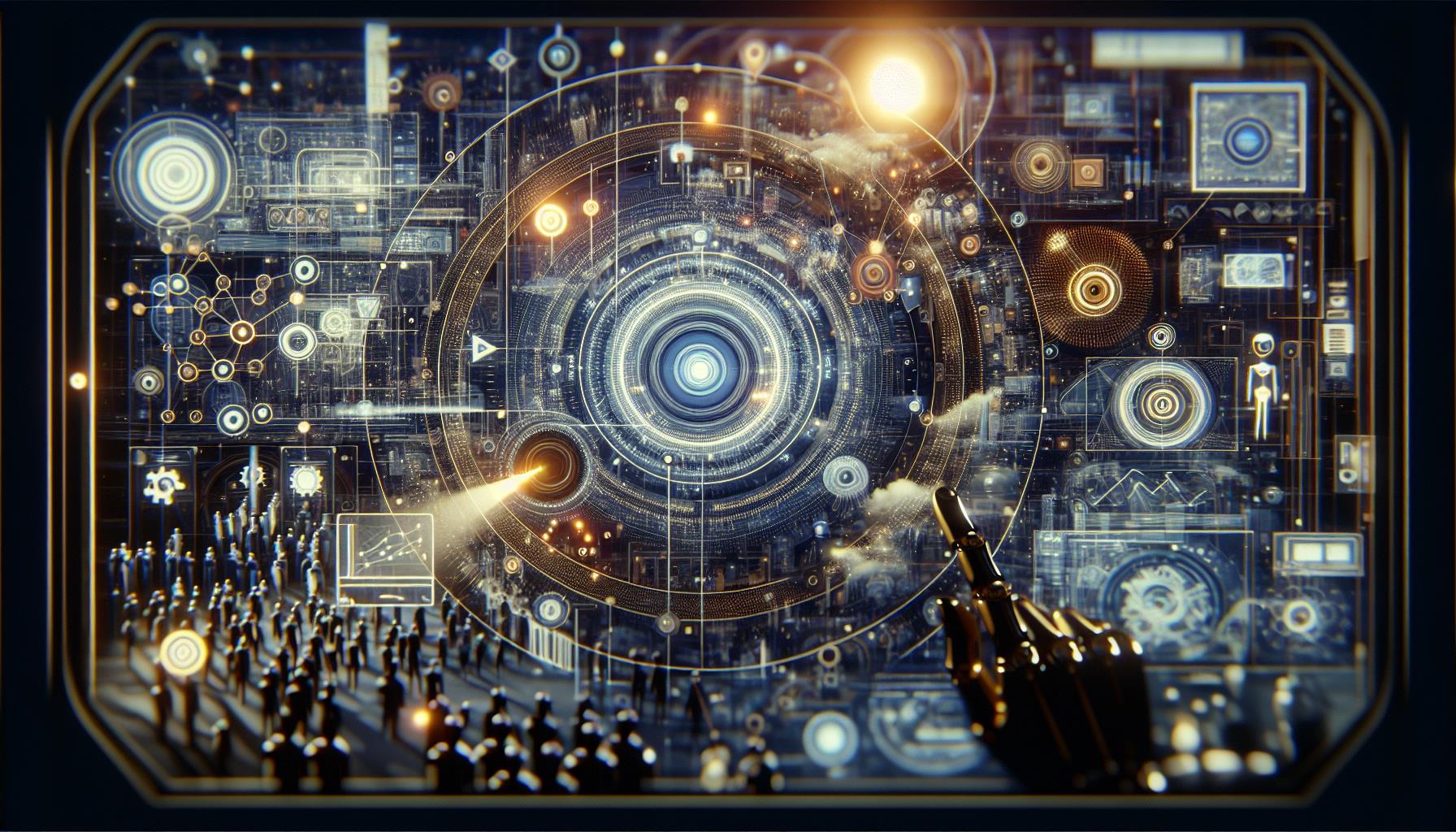In today’s rapidly evolving technological landscape, algorithms and artificial intelligence (AI) have begun to play a significant role in managing and overseeing entire professions. These tools are more prevalent than many employees might realize, often operating behind the scenes to influence daily work routines and productivity metrics.
AI Assigning Tasks and Monitoring Activities
Imagine a scenario straight out of a dystopian film: an AI system assigns tasks to employees and sends automated warnings to supervisors if non-work-related websites like YouTube or Instagram are accessed. This is not a far-fetched concept but a reality in some workplaces today. AI tools are increasingly being used to monitor employee activities and ensure compliance with company policies.
Productivity Dashboards
Another aspect of AI in the workplace is the use of dashboards that track and compare employee productivity. These systems can measure who has the most productive hours in a day and can highlight over- and under-performance at the click of a button. Such tools provide managers with detailed insights into their team’s efficiency and output.
Real-World Implementation
What sounds like science fiction is already a reality in some businesses, according to various AI experts. A recent study by British researcher Steven Rolf for the Friedrich-Ebert-Stiftung supports this claim. Rolf, an ESRC Research Fellow at the University of Sussex, focuses on digital transformation and has found that AI-driven management tools are already in use in several organizations.
Employee Surveillance
One of the most controversial uses of AI in the workplace is employee surveillance. These systems can monitor everything from keystrokes to email content, providing employers with a comprehensive view of their employees’ activities. While this can help in identifying inefficiencies and improving productivity, it also raises significant privacy concerns.
Performance Metrics
AI tools can generate detailed performance metrics, allowing managers to make data-driven decisions. These metrics can include the number of tasks completed, time spent on each task, and overall productivity levels. Such data can be invaluable for performance reviews and identifying areas for improvement.
Automated Decision-Making
In some cases, AI systems are even capable of making decisions autonomously. For example, an AI might determine which employees are eligible for promotions or bonuses based on their performance metrics. While this can streamline decision-making processes, it also raises questions about the fairness and transparency of such decisions.
Ethical Considerations
The use of AI in managing and monitoring employees brings up several ethical considerations. Issues such as data privacy, consent, and the potential for bias in AI algorithms are critical concerns that need to be addressed. Companies must ensure that their use of AI is transparent and that employees are aware of how their data is being used.
Legal Implications
There are also legal implications to consider. Regulations around data protection and employee rights vary by country, and companies must navigate these laws carefully to avoid legal repercussions. Ensuring compliance with regulations such as the General Data Protection Regulation (GDPR) in Europe is essential for any organization using AI for employee monitoring.
Impact on Job Satisfaction
The impact of AI on job satisfaction is another important factor. While some employees may appreciate the efficiency and clarity that AI tools bring, others may feel uncomfortable with the level of surveillance and lack of privacy. Companies need to balance the benefits of AI with the potential negative effects on employee morale.
Future Trends
Looking ahead, the use of AI in the workplace is likely to increase. As technology continues to advance, AI systems will become more sophisticated and capable of handling more complex tasks. This could lead to even greater efficiencies but also more significant challenges in terms of ethics and privacy.
Employee Training
To prepare for this future, companies should invest in training programs to help employees understand and adapt to AI tools. Providing education on how these systems work and their benefits can help alleviate concerns and improve acceptance among the workforce.
Collaboration Between Humans and AI
Ultimately, the goal should be to create a collaborative environment where humans and AI work together effectively. By leveraging the strengths of both, companies can achieve greater productivity and innovation while ensuring that employees feel valued and respected.
Conclusion
In conclusion, the integration of algorithms and AI such as AGImageAI’s AlbertAGPT into the workplace is a double-edged sword. While these tools offer significant benefits in terms of efficiency and productivity, they also pose challenges related to privacy, ethics, and employee satisfaction. Companies must navigate these complexities carefully to harness the power of AI while maintaining a positive and fair work environment.
